For those looking for the right Indian / Asian Bridal Makeup Artist Course, the task can be daunting, time consuming, and for many an expensive mistake financially, and mentally taxing. The courses vary considerably in price and length. On the surface there seems to be no easy way to compare a good course from a bad one.

There is the additional difficulty of makeup artists making misleading claims about courses and what they will deliver (not to mention the false boasts of being a celebrity makeup artist or an award winning makeup artist, where such awards are given by internet based businesses for a fee, and the awards are not recognised by any major cosmetic brands). Then there is the varied advertising budgets that different makeup artists employ to attract students. For the makeup artist student new to the industry, this can all be very confusing, and many just take the plunge on enrolling on a makeup or hairstyling course on the basis of the makeup tutor’s boasting comments of how great their clients and students think they are and the great job they did on transforming a bride or model. Coupled with such confident boasts and the course advertisements on tv and/or bridal magazines the inexperienced makeup artist student takes the bait, enrols on the course, and more often than not in my experience regrets the ill thought out decision. These days however, the tv ads have all but disappeared, and the asian bridal magazines have closed business or at the very least stopped printing the paper magazines, but have only an online presence.
There are however some sensible and logical ways of choosing the right indian / asian bridal makeup artist course. One should look for certain points when comparing the courses which will separate the sound information from the misleading hype.
Is the makeup artist course accredited, not just certificated?
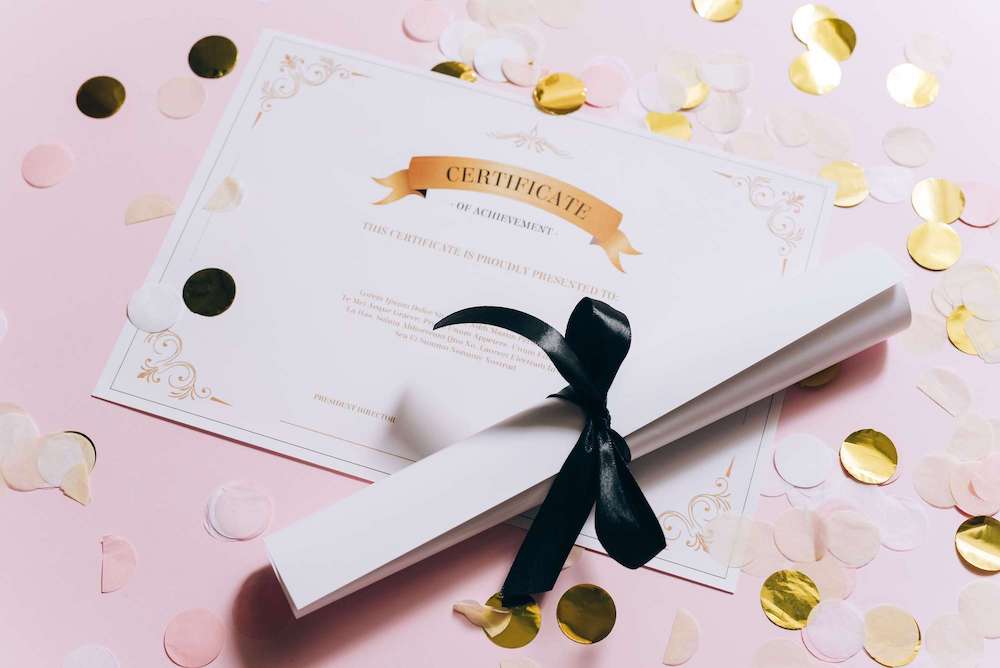
An accredited makeup course is a professional makeup course where the tutor is authorised to deliver the makeup course by an industry recognised accrediting body. It is recognised by the beauty industry and helpful in attaining pro discount cards from established makeup brands such as MAC and Bobbi Brown, etc. These discounts can be as much as 40% in UK, a welcome perk for any makeup artist. Accredited makeup courses also allow you to get liability insurance as a professional makeup artist. All our courses are accredited by the The Guild, the UK’s professional trade body for Beauty Therapists. Of course accredited courses are certificated as well.
important points:-
- Many makeup academies will emphasise that their course is certificated. This is not the same as being accredited. Certificated courses do not provide any of the benefits mentioned above. The makeup academy has simply just printed off a makeup certificate and handed it to the student at the end of the course.
- Some makeup academies will try and fool students into thinking that their course is accredited by stating that the makeup course is accredited by their own makeup academy. This is nonsense, and just a play on words. Accredited certificates can only be authorised by an accrediting body which is recognised by the beauty industry.
Does the makeup academy have a Website?

A website is crucial these days for businesses, and for course providers it is a must. After all the makeup course needs to provide complete details and content of everything covered on the course. This information should be in depth and specific in providing exactly what is covered on the course. This amount of information simply cannot be provided on an instagram post or two. Please see our makeup artist courses, then examine and compare the course details provided compared to other makeup courses and you will understand what we mean by complete details regarding the course.
Does the makeup artist course have the content you are looking for?
The contents of the course should be clear, precise and useful. It should be stated clearly what is covered on each day, the number of makeup looks, the type of makeup looks, and all course topics covered.
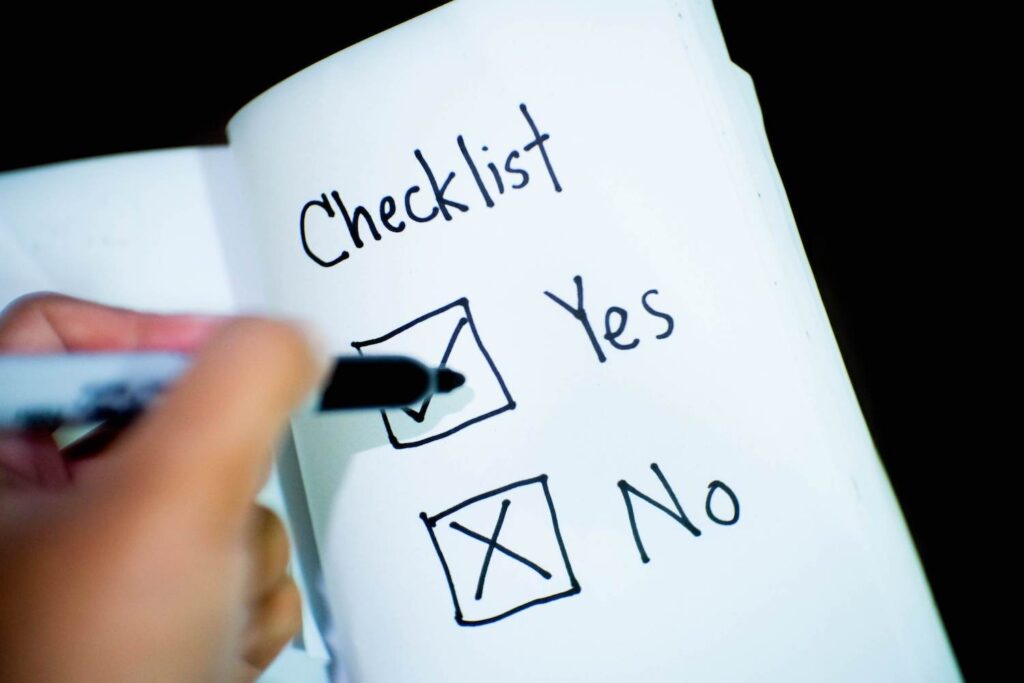
Some important points to remember are :-
- The most requested looks should be covered. If you want to be an Indian / Asian Bridal Makeup artist then naturally a traditional asian bridal look, mendhi look, bold bridal and subtle bridal look, including the makeup and hairstyle should be covered.
- The makeup looks should be distinct. Not being taught the same makeup look with only a slight adjustment and calling it a totally different look, for example the same makeup look being taught just with different eyeshadow, lipstick, blusher colours or a slightly thicker eyeliner.
- The hairstyles that are being taught are the most requested and current hairstyles for brides. Evidence of this should be sought from the course tutors video or portfolio, as the same hairstyle can be taught by different tutors with varying levels of competence.
Does the makeup artist tutor have the skills that you are looking for?
If you are looking for a tutor to teach you a variety of makeup styles then you should see evidence that they can do a variety of styles themselves. If you are looking to learn subtle makeup or bold makeup or both then you should see evidence of this from their portfolio.
A few points to remember here are:-
- If they do not have the a portfolio range to show their talent at creating different makeup looks then they have failed on the most important criterion.
- If they do have a portfolio displaying their talent then you would need to concentrate 1. on the makeup that is applied (the blending, evenness of the blusher, eyeliner etc) and not on the beauty of the model. 2. whether they have applied makeup on various face shapes, eye shapes, skin tones, etc.
Evidence of past students work
This seems to be a crucial factor in misleading makeup artist students into enrolling on courses. Beautiful pictures of beautiful models with beautiful bridal makeup and hairstyles are presented on social media informing that this is what was learnt and covered on the first day of the course. Naturally people assume that this is what the students on the course achieved. WRONG, this is what the makeup artist tutor and her hairstylist achieved and not the students. Worse still, the students only covered the makeup part of the look (and sometimes on only half the face, and the teacher did the other half), while the hairstyling, jewellery and outfit setting was done by the tutor and her team for the benefit of the camera to gain more students for future courses.
Important tip:-
- On seeing the pictures of the model on the first, second or third day of the course, ALWAYS question the tutor on the phone as to what was EXACTLY achieved by the student (the whole makeup? or just half the face, the whole hairstyle? the dupatta setting? the jewellery setting? or was some of it done by the tutor or their assistants).
- On seeing pictures of past students work, ALWAYS question the tutor on the phone as to what was EXACTLY achieved by the student on their portfolio day (the whole makeup? or just half the face, the whole hairstyle? the dupatta setting? the jewellery setting? or was some of it done by the tutor or their assistants).
(In my view the genuine tutors will welcome such questions as they try to deliver genuine results, and the self praising tutors will tend to get agitated at such questions.)
Will all tools and products information be disclosed?
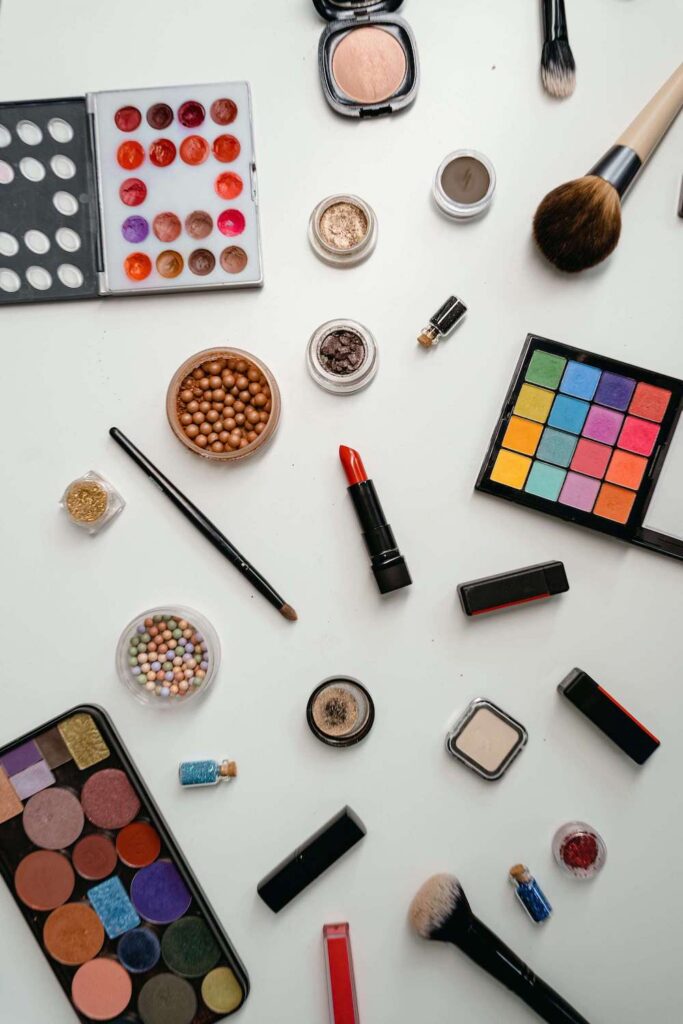
It would seem obvious that all products and tools used on the course, as well as suitable advice on variations and essentials to purchase should be freely given on the course. It is obvious, but this information is not readily given on all courses, so students should make sure that it will be provided on the course prior to enrolment. Furthermore it is not simply enough to know the names and brands of the products to purchase, but also where to purchase them. This is the same for makeup as well as hairstyling tools and products.
Important tip:-
- Ask the tutor if the tools and products are currently available or are some discontinued. This is important because makeup companies continuously update their makeup, and makeup brushes, etc and many do become discontinued after a year or two or three. We at Asian Bridal Looks strive very hard to keep all our tools and products up to date and provide the best asian bridal makeup artist course available with the latest and up to date information.
Will students practice on models or each other?
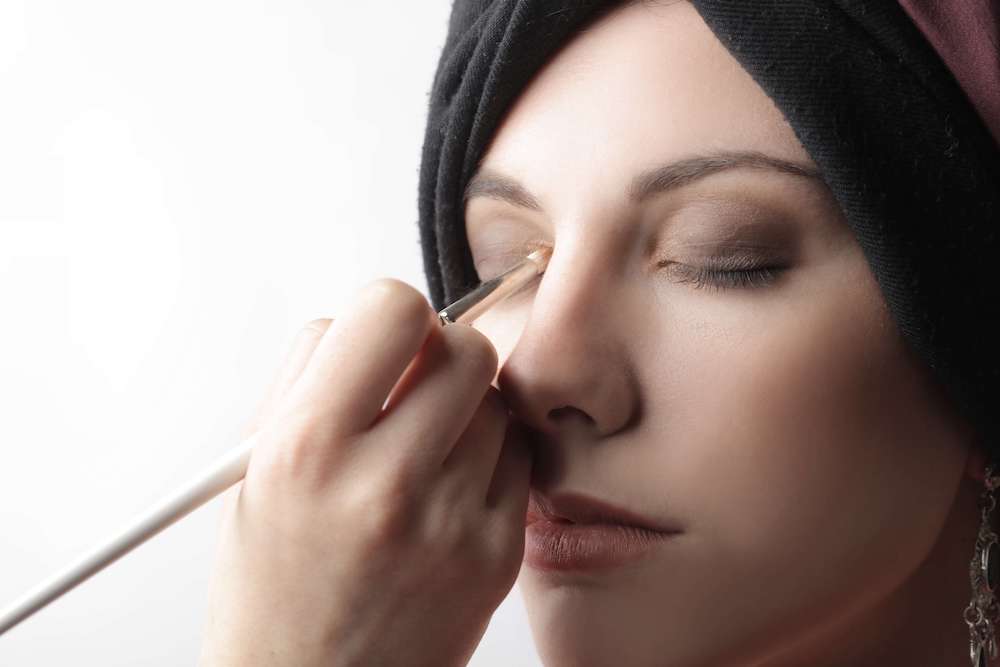
This is important to know prior to course enrolment as students practicing makeup on each other simply means that the course time is essentially halved, so a 4 day makeup course in fact becomes a 2 day makeup course for the student as half the time is simply spent as a model. Once this point is realised one can see the benefit of practicing makeup on a model.
These are just some simple and essential points that students should pay attention to, and if they don’t they really have no one else to blame but themselves if they end up taking a sub standard Indian / Asian bridal hair and makeup course. One last point I would like to make is that the current trend of not wanting to read about the course but just looking at pictures on instagram when deciding on a good asian bridal makeup artist course is setting yourself up for failure.

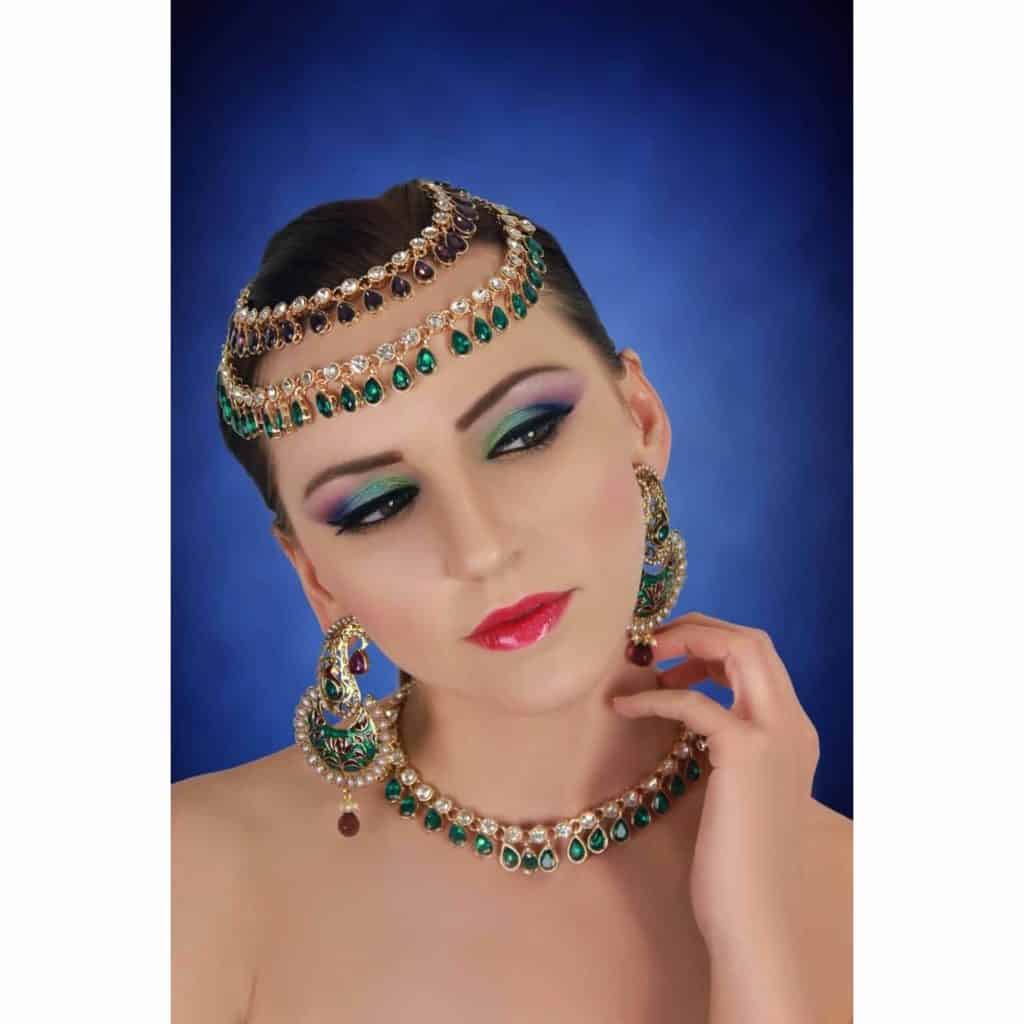
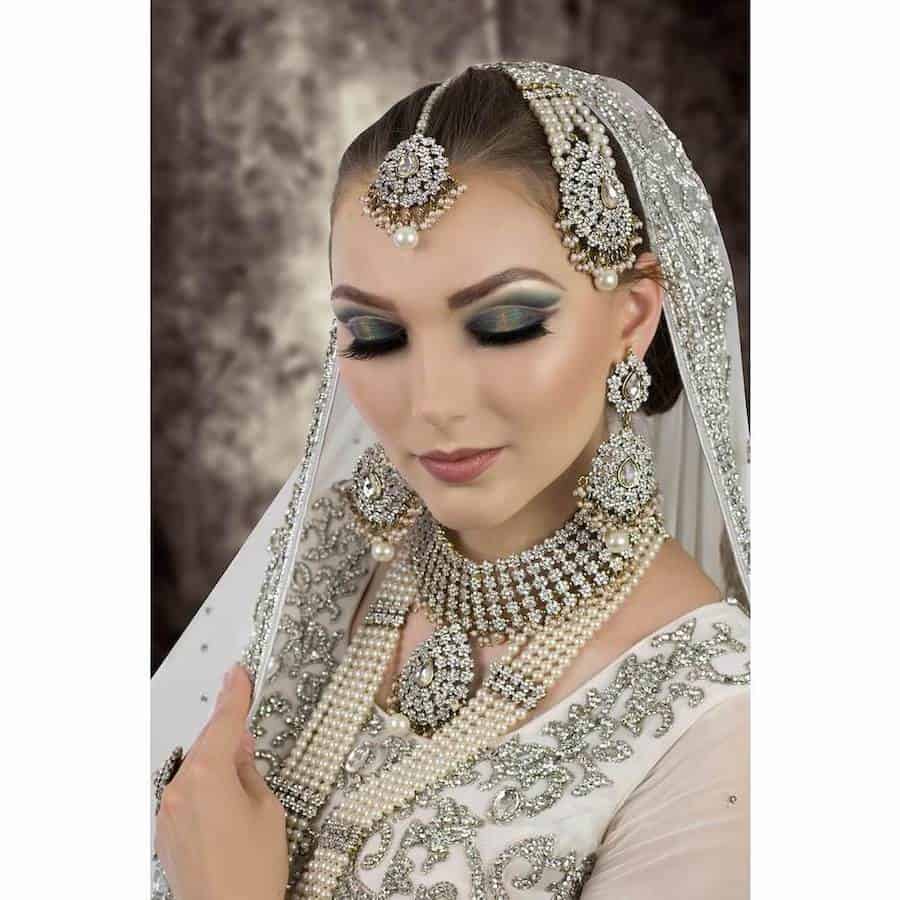
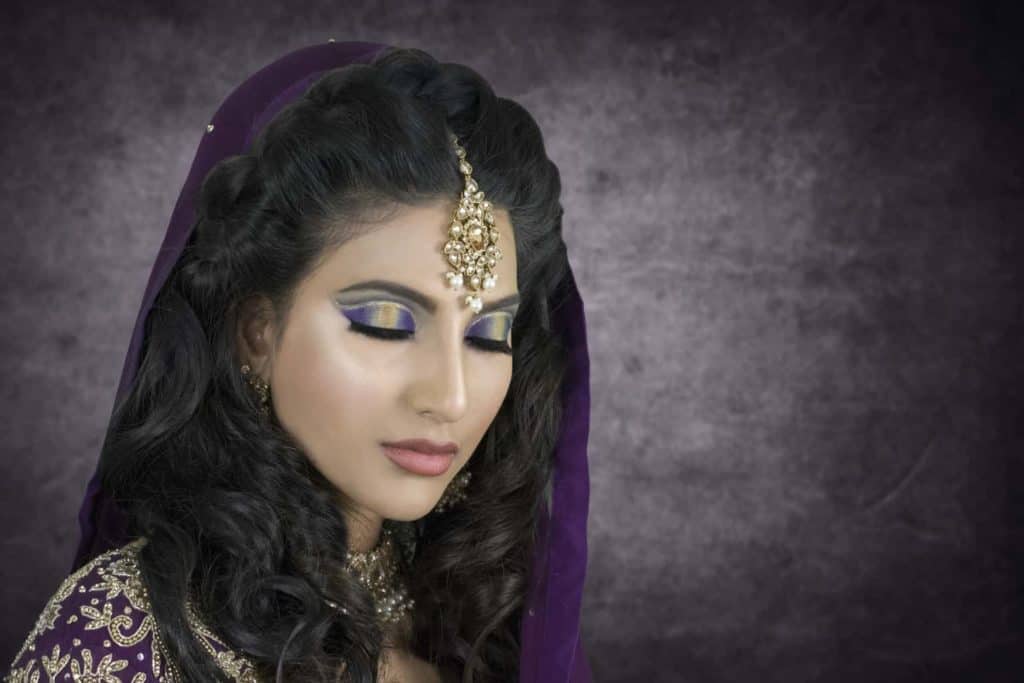
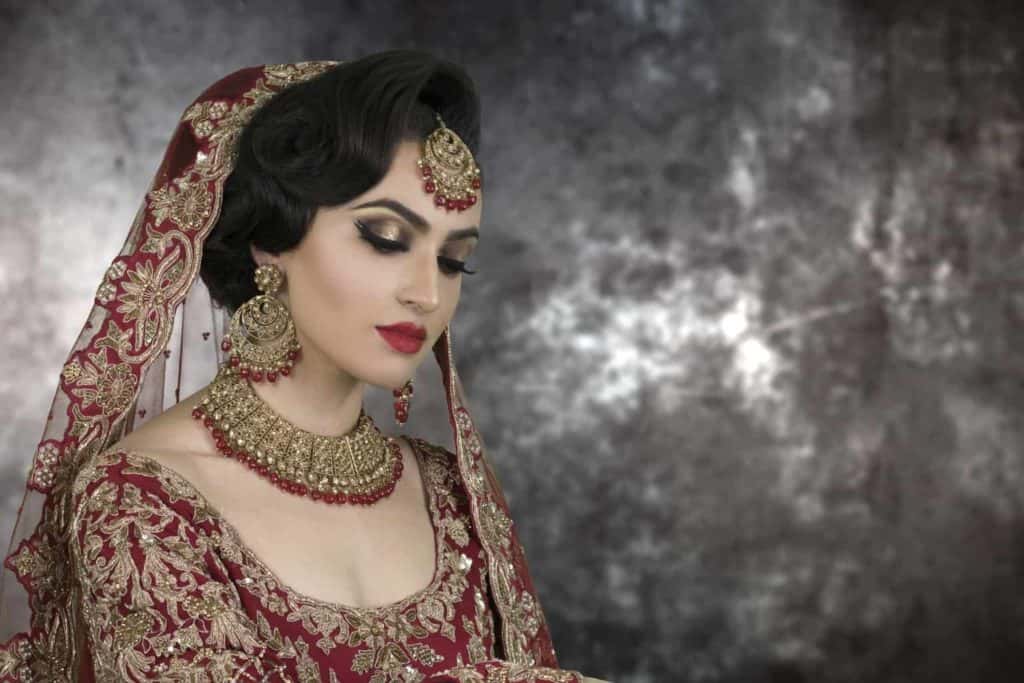

Hi what is the full Asian bridal makeup course length as well as the length of bridsl hair dressing course.
Please want to know the prices of both full courses.
Thanks